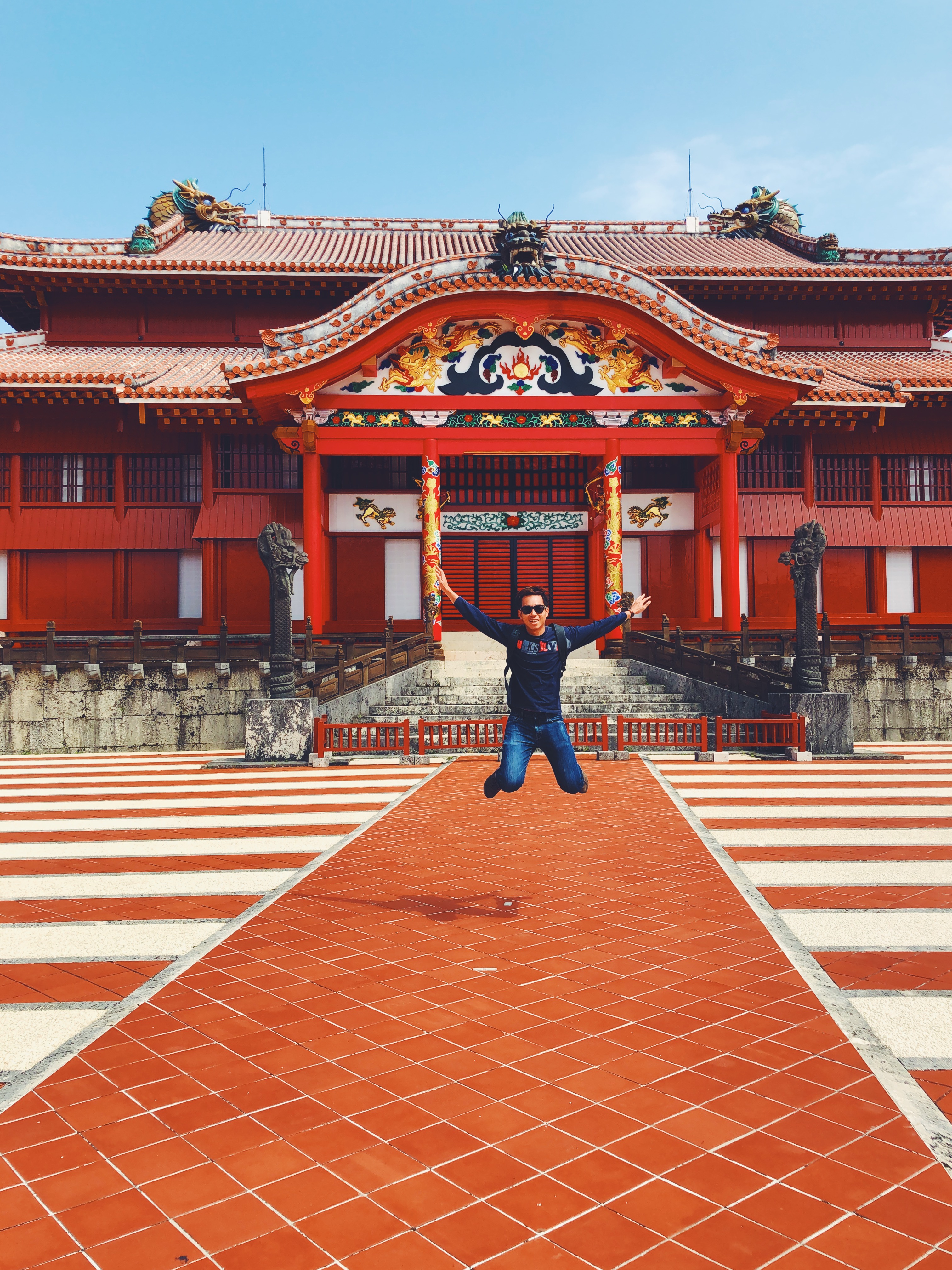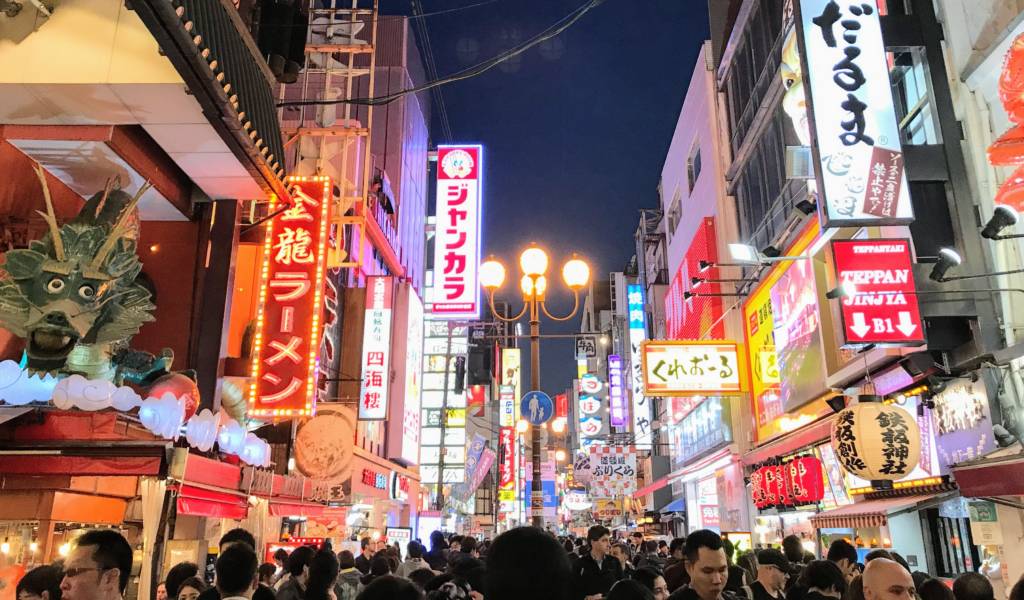
Shurijo Castle symbolizes the history and culture of Okinawa, and its history is that of the Ryukyu Kingdom itself. This distant province of Japan was closer in ties to Southeast Asia and Taiwan than to mainland China in the past.

Shurijo Castle is situated on a small hill, surrounded by curving castle walls that protect numerous structures and facilities within. On the premises are numerous open squares and many scared sites. These features are not limited to Shurijo Castle, but can also be observed at other castles in Okinawa, called Gusuku. The other Gusuku in Okinawa were defeated and ruined in their rivalry with Shurijo Castle, while Shurijo maintained the features of Gusuku and continued to flourish. So here at Shurijo it is one of the best places to view the intact ancient architecture.

The Shurijo Castle grounds can be largely classified in inner and outer baileys or wards. The inner ward was completed in the early 15th century, and the outer ward was completed in mid-16th century. The Seiden and other buildings within the castle are built along the east-west axis, with its front facing west.

These west-facing structures are distinctive of Shurijo Castle. Due to the long historical exchange with China and Japan, there are many features throughout Shurijo Castle sharing similar architectural cultures of both China and Japan, notably in the Seiden and Hokuden halls.

At the other side of the gate, there are beautiful flowers adoring the steps to the entrance. Most people do not enter from this side as it is leading to a quiet residential neighbourhood, but since our car was parked around the area, we chanced upon this exit/ entrance.

Shurijo Castle Park is situated atop a small hill that is 120 to 130 meters in altitude. As such, the hill overlooks the neighbourhoods of Naha and this hill in Shuri was revered by the people. From the top, we could have a good view of Naha city which extends all the way to the port.

This entrance to the castle looks like one in China due to the similar architecture of the roofs.


Both Japanese and Chinese construction techniques were applied to the deep red-colored Seiden (main hall) at Una, and this is the largest wooden building in Okinawa at this moment.

In February 2000, Shurijo Castle and its surrounding area were registered under the UNESCO World Heritage Site, making it the 11th of registered sites in all of Japan. This is the iconic main square as you enter the castle.

While the interiors of the Hokuden and Nanden are constructed like modern museums, the interior of the Seiden has been rebuilt in its original style. Visitors are able to get a feel of the splendor that surrounded the Ryukyu kings. A replica of the king’s throne and crown are among the exhibits.

This is a model of the layout of the whole castle, with the commoners who were visiting and they had to face the king.

We had to take our shoes off while entering the museum building, so we could feel the cleanliness of the wooden flooring and also there were rest areas such as this. Visitors are given a plastic bag to carry their shoes until they leave the building.

Most of the buildings were painted in a maroon red colour. The Seiden is the most lavishly decorated building and a landmark of Okinawa. Its architectural design and vermilion colour differ significantly with those of castles on mainland Japan.

How to get to Shuriji Castle?
Shuri Castle can be reached in a 15-20 minute walk or a five minute bus ride (150 yen) from Shuri Station on the Okinawa Monorail. Take bus number 7 or 8 and get off at Shurijo-mae (首里城前). Alternatively, take bus number 1 directly from central Naha (Kokusaidori) to Shuri Castle. The one way trip takes about 15-20 minutes and costs 230 yen. Get off at Shurijo Koen Iriguchi (首里城公園入口).
Entrance fees to the Shurijo castle complex costs 820 yen.
